Lavender is one of the most popular herbs for home gardeners to grow, thanks to its rich, sweet fragrance. Lavender also makes a delightful ornamental specimen plant and can bring color to any garden bed with its silver-toned leaves and rich, purple blooms. What’s more, lavender is one of the best plants to keep if you want to attract pollinators to your garden.
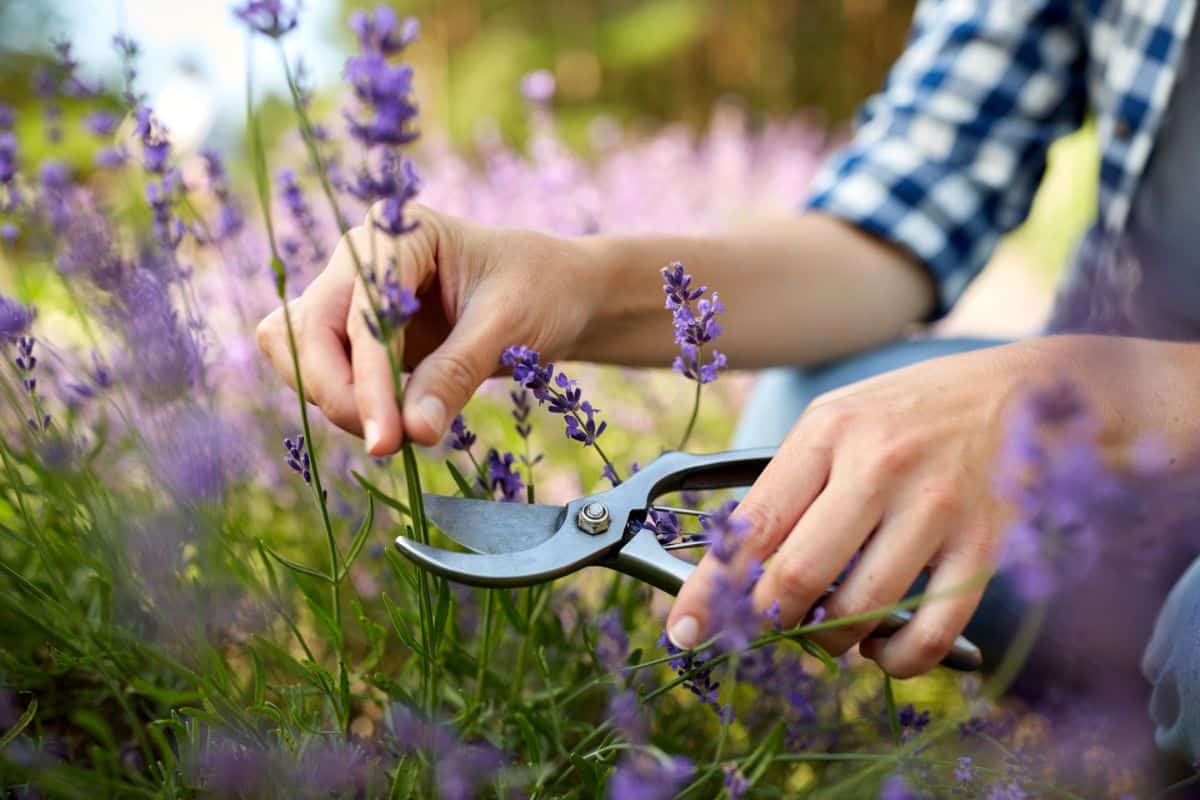
But if you think you know lavender, you may want to think again. There are over 47 different species of lavender plants, with many stunning cultivars that offer different leaf shapes, flower colors, and fragrance notes. Some lavender types are even especially well-suited for particular climates and growing conditions.
In this article, we’ll discuss some of our favorite lavender types. From heat-loving Spanish lavenders to cold-tolerant English varieties, you’ll find the perfect lavender cultivar for your garden here!
Jump to:
Lavender basics
You may think you know lavender, but there’s actually a surprising number of lavender types that you can grow in your garden. In general, lavender is usually divided into 3 main types, which are categorized based on their bloom times and other factors. The three most common types of lavender are:
- True lavender (Lavandula angustifolia)
Also known as common lavender or English lavender, true lavender is the plant of choice for creating highly aromatic oils and other lavender-scented goods. These compact plants sport grayish-green leaves and short flowering spikes that bloom in June and July.
- Spanish lavender (Lavandula stoechas)
This lavender type has fragrant, silver-toned foliage, but what really makes it stand out is the large and distinct flower heads that are ornamented with colorful “ears” or petals. Spanish lavender usually flowers in May and then produces another flush of flowers in June and again in late summer to fall.
- Lavandin hybrid (Lavandula x intermedia)
A cross between true lavender and Spanish lavender, this lavender type has gray foliage and is usually taller than true lavender. Flower spikes are loosely formed and appear later in the season, from July until the end of summer.
| Uses: | Lavender type: |
| Best lavender for cooking: | English lavender |
| Best lavender for classic scent and strong fragrance: | Lavandin hybrid |
| Best lavender for floral designs: | Lavandin hybrid |
| Best lavenders for cold regions: | English lavender |
| Best lavenders for hot regions: | Spanish lavender |
| Best lavenders for humid locations: | Spanish lavender |
| Best lavender for long-lasting blooms: | French lavender |
| Best lavender for landscaping: | French lavender |
12 lavender varieties you need to try
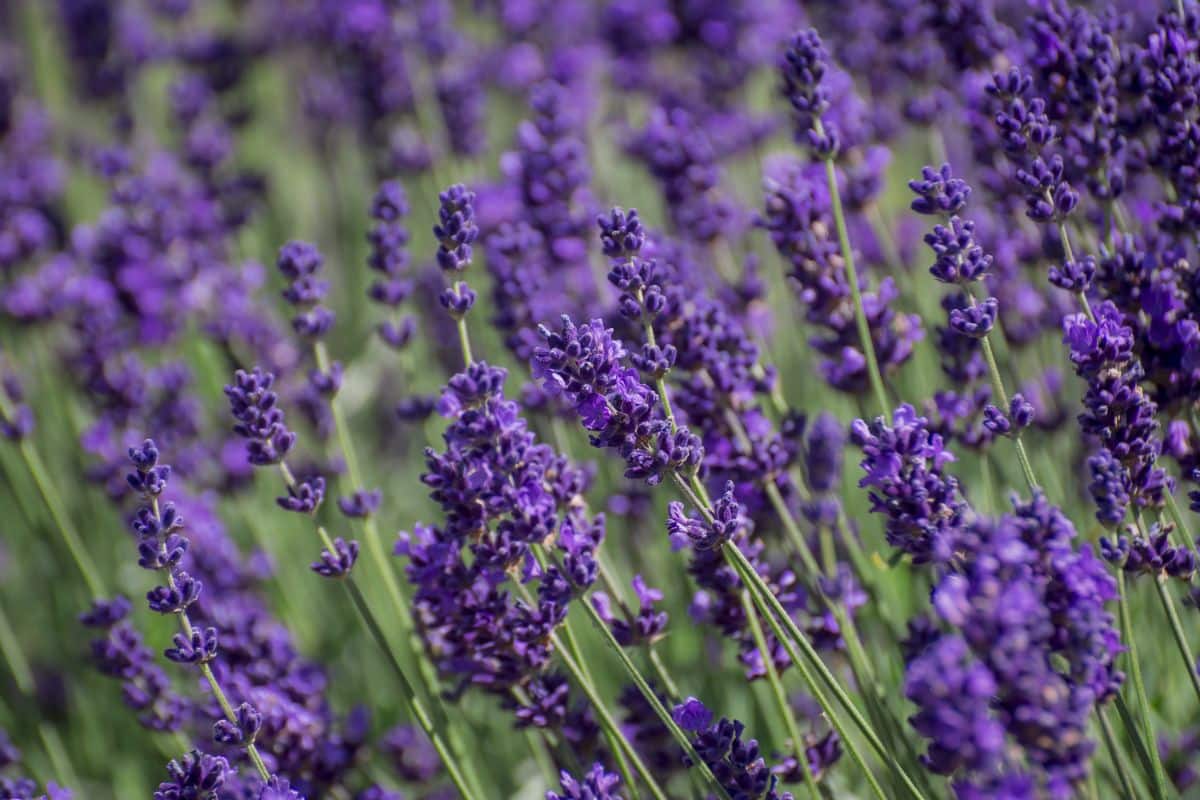
Although there are many other types of lavender to explore, below are our top 12 favorite cultivars. These lavender varieties were chosen for their strong fragrance, easy care requirements, and other notable features. Read on for the best lavenders for home growers!
1. ‘Vera’
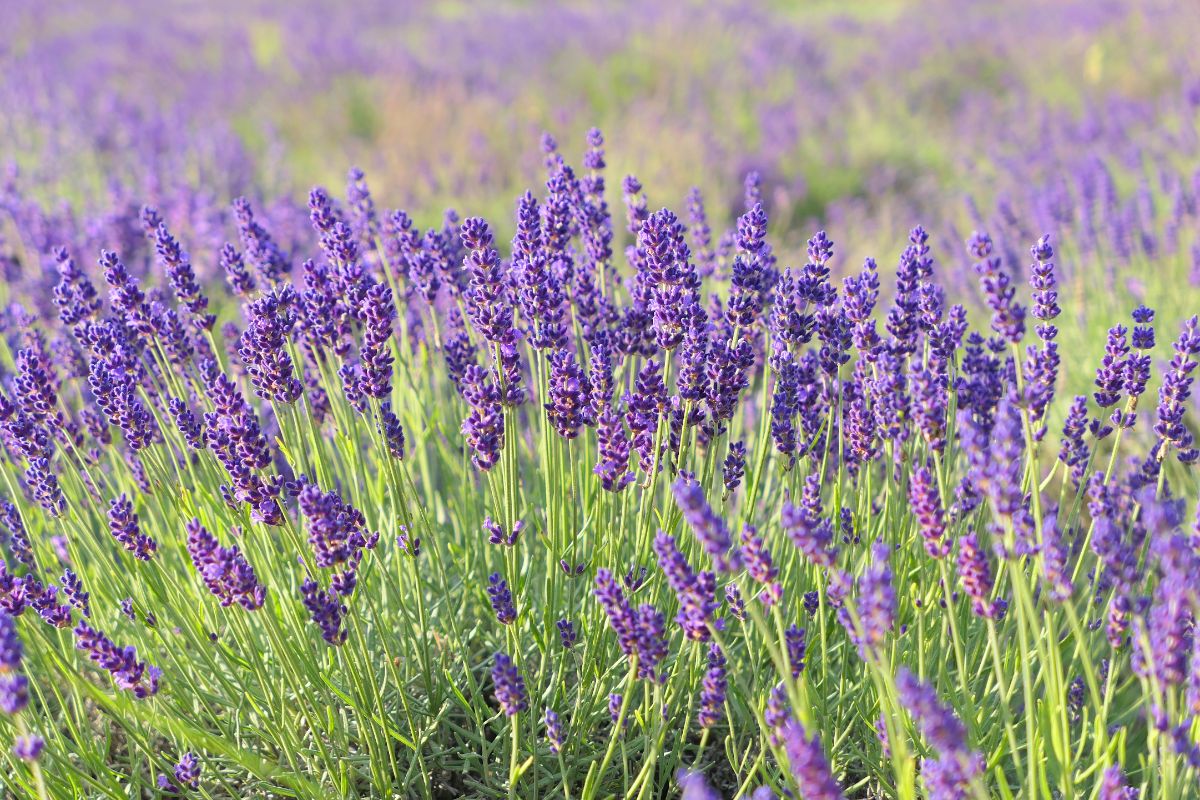
| Lavender name: | Vera |
| Type: | English |
| Growing zone: | Zones 5 to 10 |
An heirloom lavender cultivar, ‘Vera’ is a traditional English lavender type that has been grown in the Mediterranean region for centuries. Highly prized for its fragrance, ‘Vera’ is one of the best lavender cultivars to grow if you’re interested in aromatherapy or crafting homemade lavender soaps and other lavender-scented products.
Growing about 18” tall when mature, ‘Vera’ does best in dry and sunny spots and can even tolerate poor soils. Producing a minimum of two harvests of fragrant blooms, when stored properly, dried ‘Vera’ lavender will keep its distinct scent well through the winter months.
2. ‘Munstead’
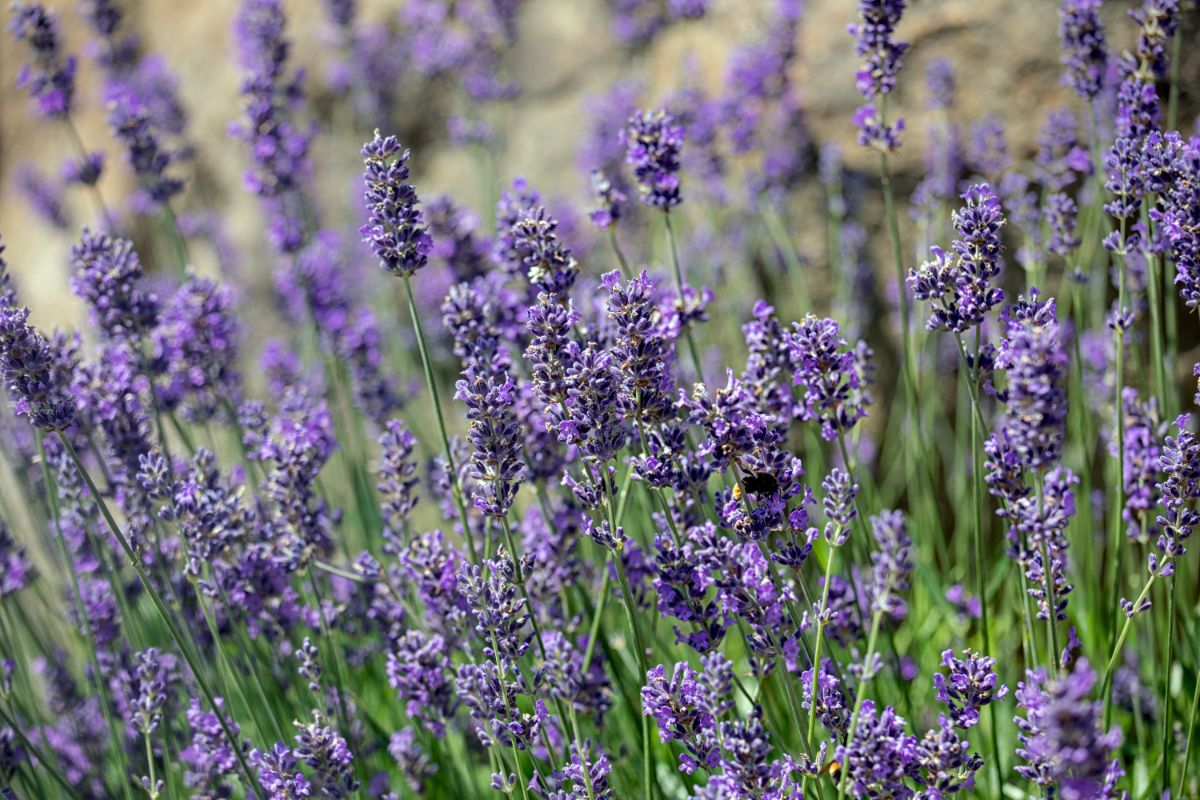
| Lavender name: | Munstead |
| Type: | English |
| Growing zone: | Zones 3 to 8 |
One of the most classic English lavender types, ‘Munstead’ is also a particularly hardy lavender and can grow in cold regions as cool as zone 3. A multi-purpose lavender, ‘Munstead’ makes a lovely ornamental, but it is also frequently used for cooking and crafting. Additionally, this lavender is a top choice if you are creating a pollinator garden, as beneficial insects love its fine fragrance.
Blooms grow a bit crooked, so they aren’t the best for floral displays, but they do dry nicely. That makes ‘Munstead’ a must-have plant if you’re interested in creating aromatic potpourris, sachets, and lavender-scented eye pillows.
3. ‘Hidcote’
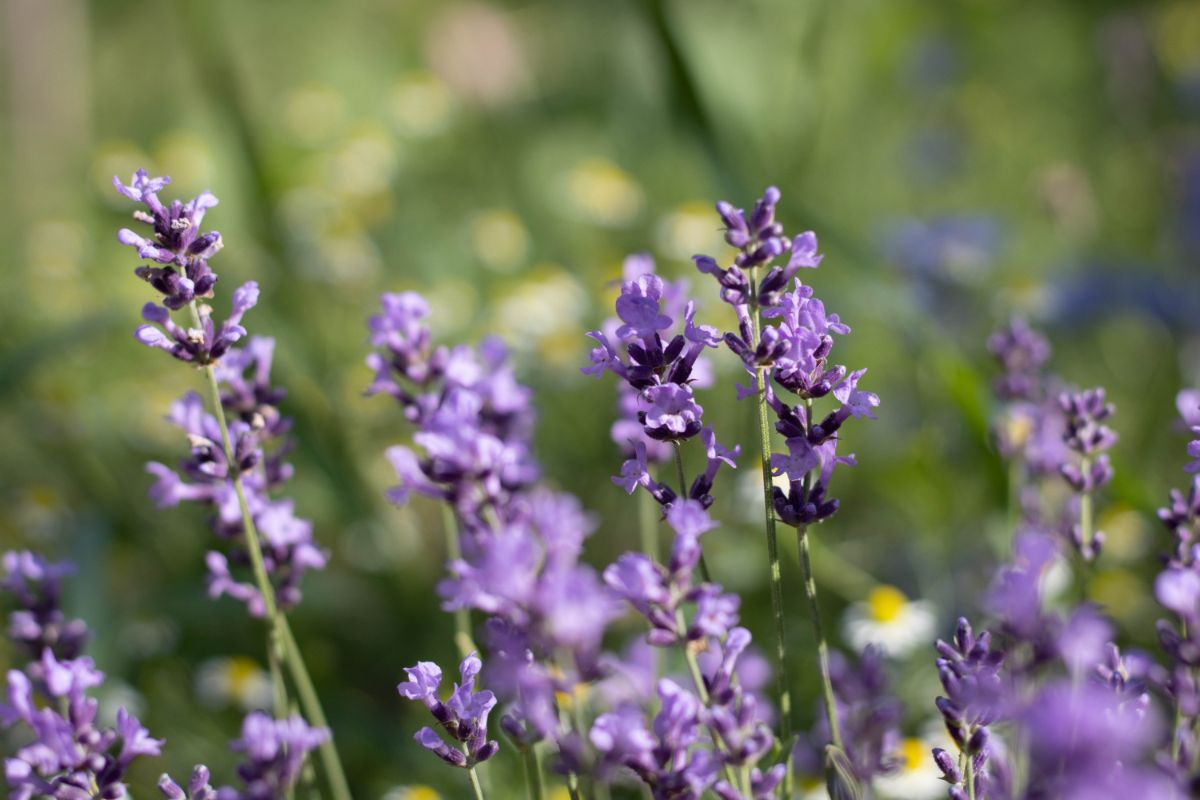
| Lavender name: | Hidcote |
| Type: | English |
| Growing zone: | Zones 5 to 9 |
A free-flowering English lavender variety, ‘Hidcote’ is a commonly grown lavender in English gardens, and crafters love it too. This lavender has a delightful fragrance that lasts and lasts, and the deep purple flowers keep their colors well, even when dried.
Flowers are complemented by this plant’s greenish-blue leaves. A vigorous grower, expect ‘Hidcote’ to grow about 12 to 20” high when fully mature.
4. ‘Goodwin Creek Grey’
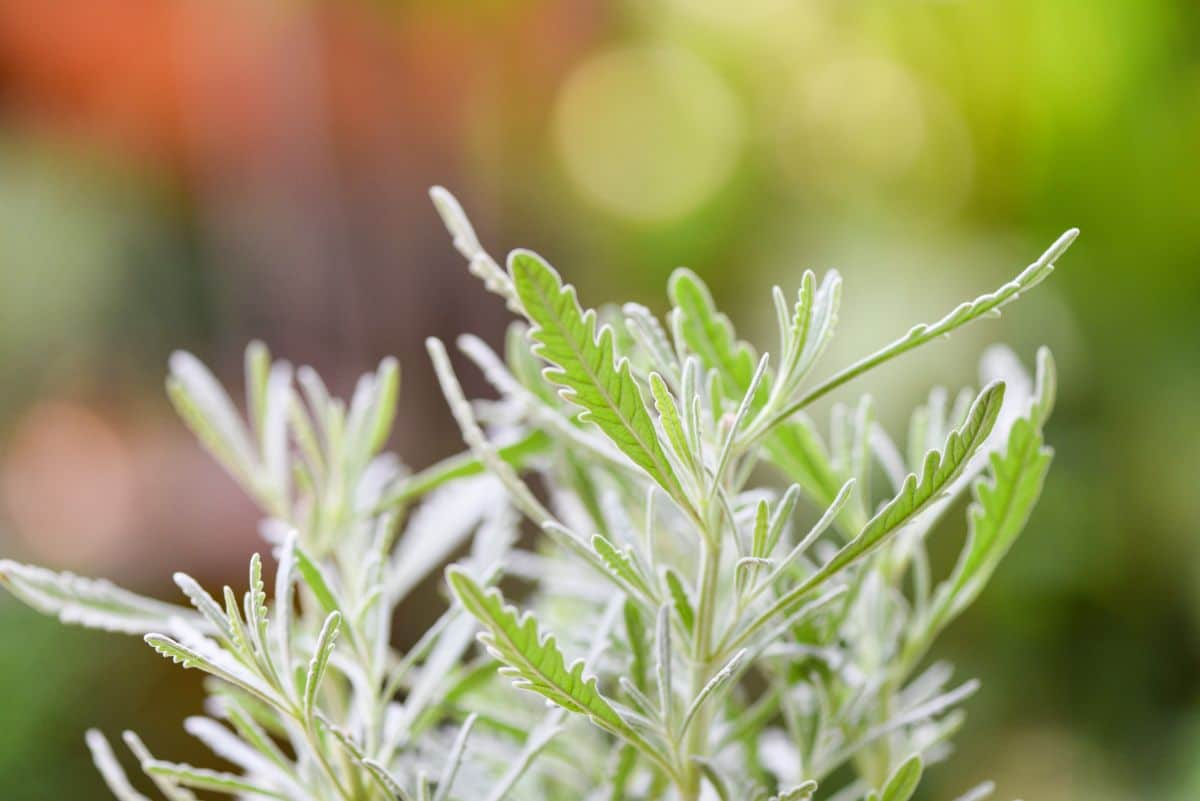
| Lavender name: | Goodwin Creek Grey |
| Type: | French |
| Growing zone: | Zones 7 to 9 |
‘Goodwin Creek Grey’ is technically a French lavender type (Lavandula ginginsii) and has a very unique look. Silver-toned leaves are fragrant and have highly lobed edges that give them a feather-like appearance. These leaves, paired with the plant’s dark purple, cone-shaped flowers, make this lavender type a truly stunning specimen to behold.
If you choose to grow ‘Goodwin Creek Grey,’ expect a plant that will reach about 24” high, produce long-lasting blooms, and have minimal care requirements.
5. ‘Kew Red’
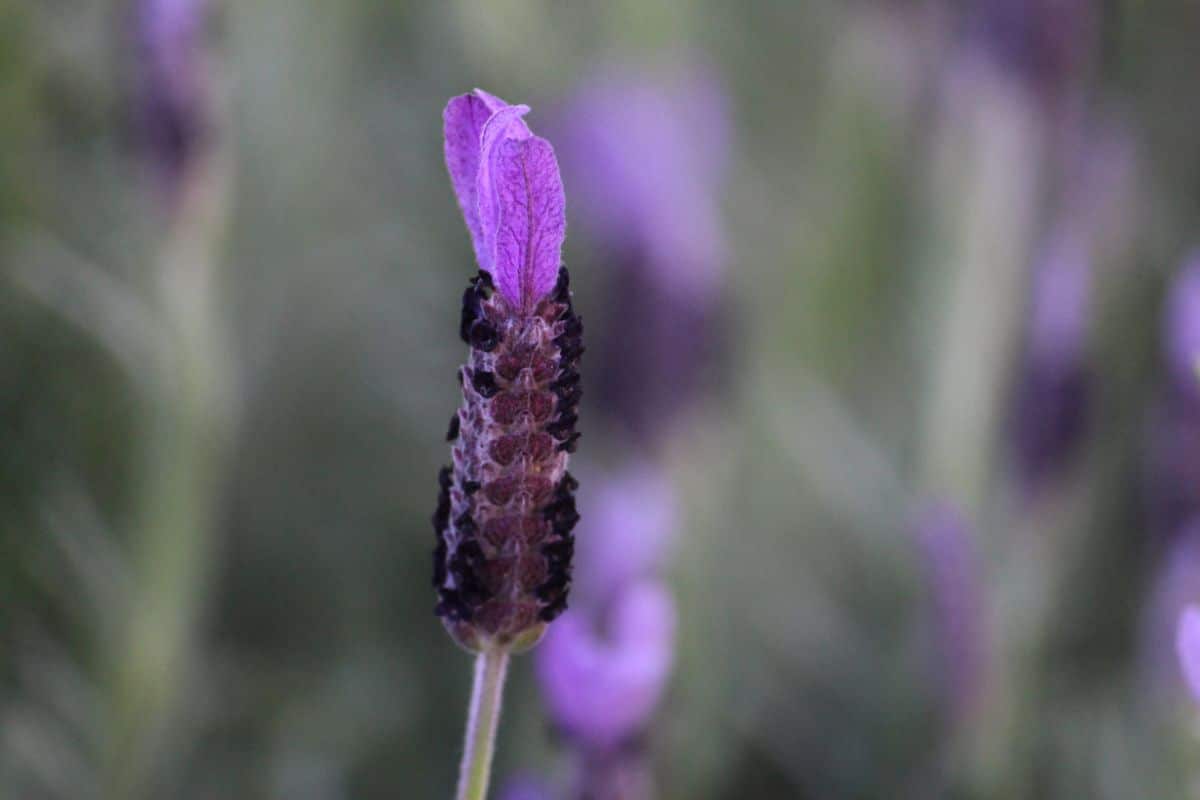
| Lavender name: | Kew Red |
| Type: | Spanish |
| Growing zone: | Zones 7 to 9 |
A densely flowering Spanish variety, ‘Kew Red’ has two-toned flower bracts in crimson and pastel pink. These oversized blossoms are complemented nicely by the plant’s greenish-gray leaves.
Growing up to 24” high, ‘Kew Red’ forms a tidy mound as it matures, which makes it perfect for both container gardens and in-ground flower beds. Just be sure to cut this variety back a bit after it flowers in summer to promote a flush of plump autumn blooms too!
6. ‘Grosso’
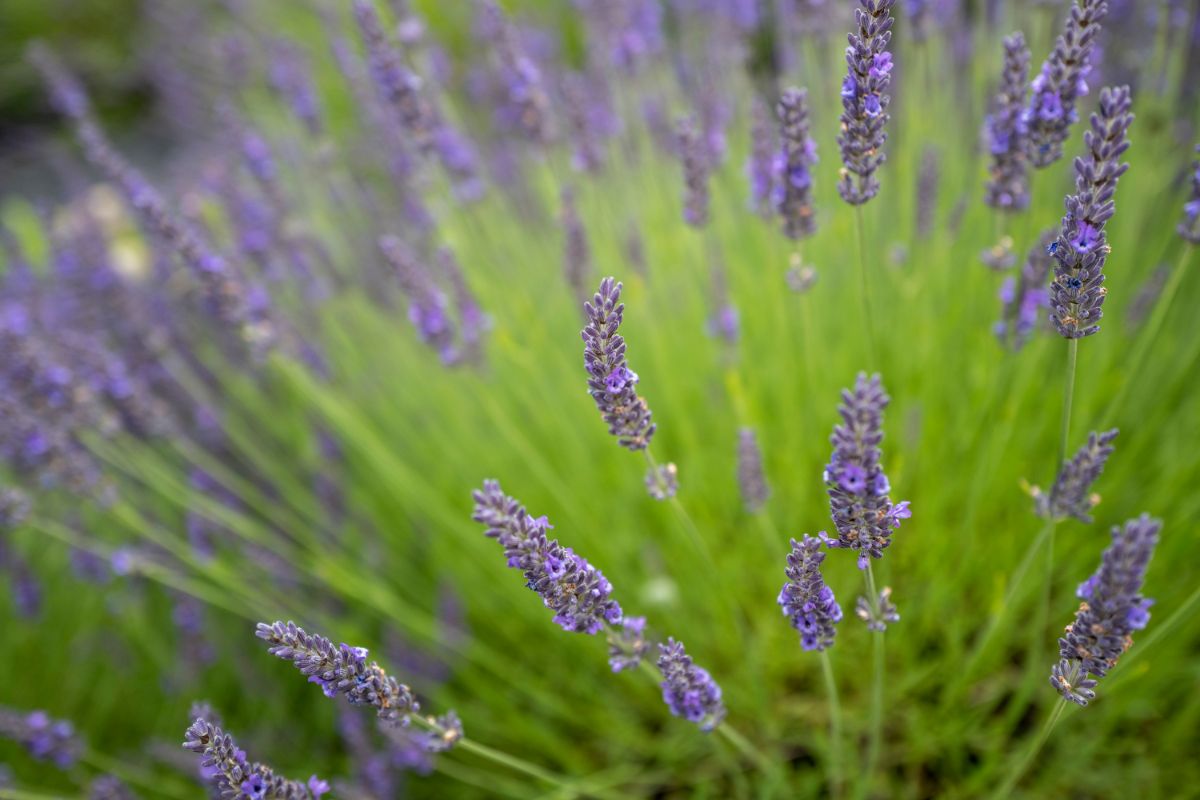
| Lavender name: | Grosso |
| Type: | Lavandin hybrid |
| Growing zone: | Zones 6 to 10 |
A top pick if you love cooking with lavender, ‘Grosso’s’ flavor will complement so many different desserts, syrups, and herbal tea blends. It is also one of the best lavender types for cut flowers and dried arrangements, as its flowers appear on the end of long and graceful stems that are perfect for drying into homemade lavender bouquets.
‘Grosso’ isn’t just one of the most famous lavender types around – it’s also one of the biggest. Growing up to 3’ high by 4’ wide, you can keep the plant smaller with regular pruning. As a lavender hybrid, ‘Grosso’ usually produces a single, large flush of aromatic blooms in summer.
Adapted to well-draining, poor and sandy soils, ‘Grosso’ does not tolerate humidity well. So, if you live in a steamy locale like Florida, you’ll want to steer clear of this cultivar and opt for ‘Phenomenal’ instead.
7. ‘Crystal Lights’
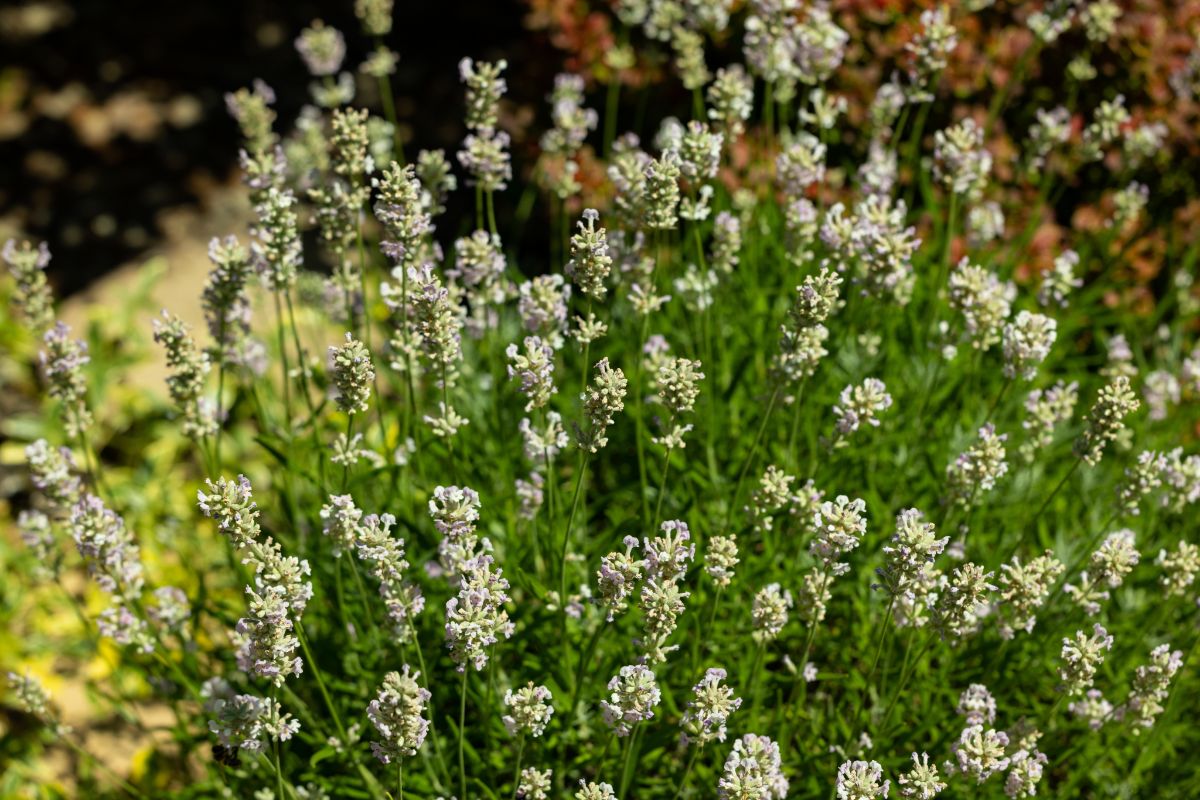
| Lavender name: | Crystal Lights |
| Type: | Lavandin hybrid |
| Growing zone: | Zones 5 to 9 |
First developed in New Zealand, ‘Crystal Lights’ grows best in mild coastal climates, but it can adapt to other areas. While most lavender types have deep purple blooms, ‘Crystal Lights’ is a unique lavender hybrid with delicate white petals and a compact growth habit.
Only growing about 15” high when fully mature, try out ‘Crystal Lights’ as a container plant or pair it with a colorful Spanish lavender variety for lots of garden contrast.
8. ‘Phenomenal’
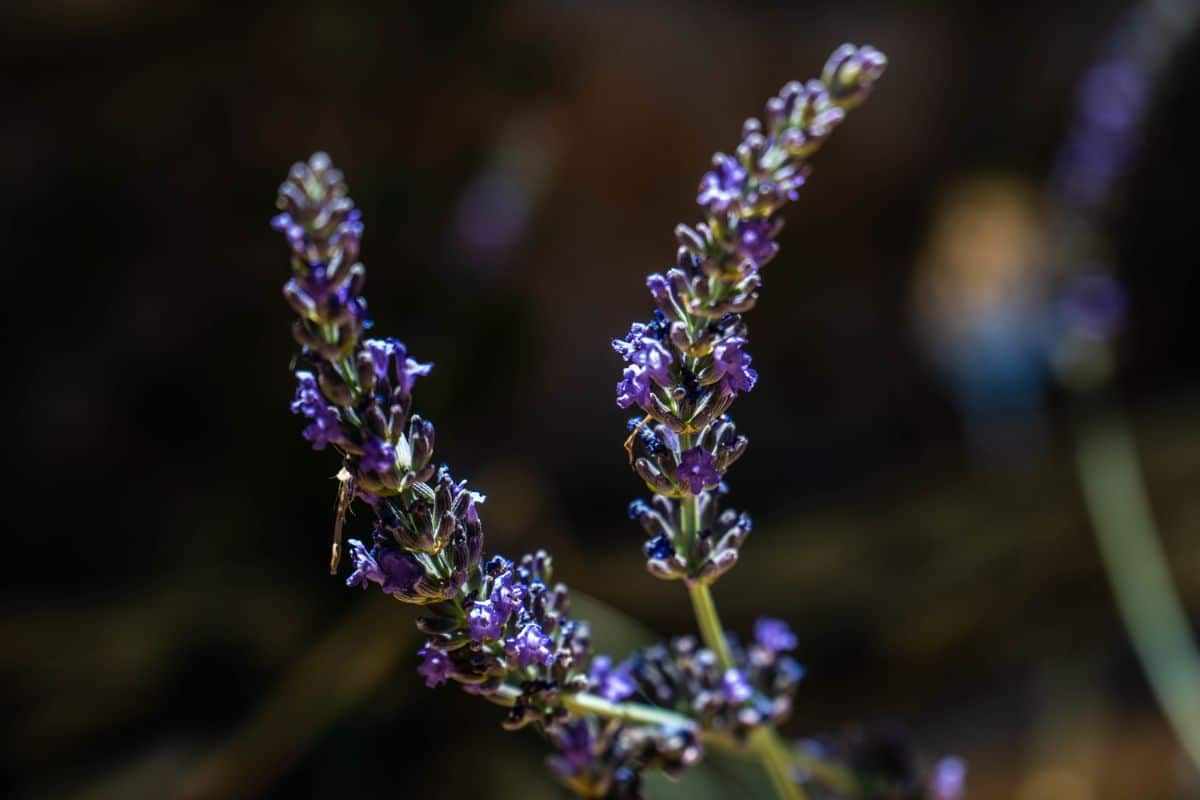
| Lavender name: | Phenomenal |
| Type: | Lavandin hybrid |
| Growing zone: | Zones 5 to 9 |
‘Phenomenal’ is the lavender of choice if you live in a more humid climate. Although this hybrid lavender is prized for its cold tolerance, it is adaptable and can tolerate high heat and humidity or drought-like conditions with ease. A low-maintenance plant, just make sure you give ‘Phenomenal’ plenty of room to spread.
Deep purple flowers bloom abundantly in summer and look particularly fetching atop the plant’s warm green leaves. What’re more, butterflies and other pollinators love this lavender type!
9. ‘Van Gogh’
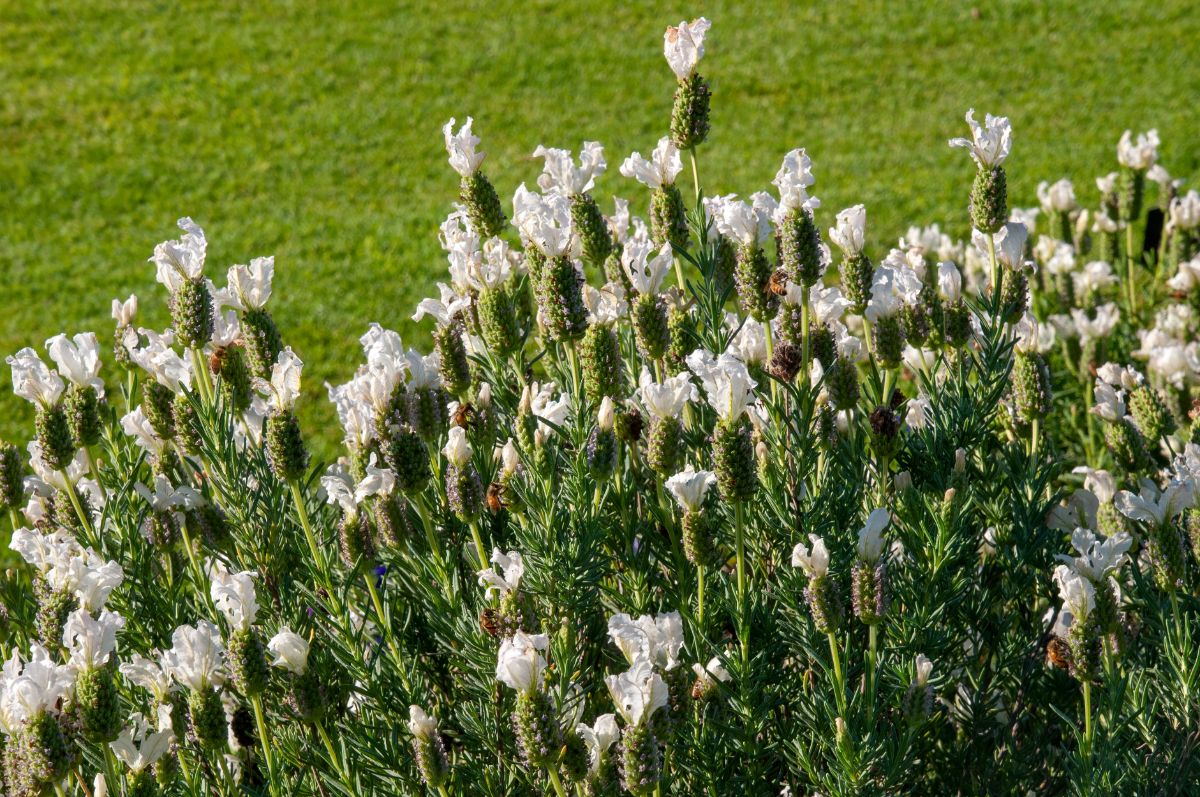
| Lavender name: | Van Gogh |
| Type: | Spanish |
| Growing zone: | Zones 8 to 9 |
‘Van Gogh’ is a medium-sized lavender variety that grows to about 30” high. Named for its colorful flowers, bracts come in a light purple to blue and are accented by bright white petals. This is unique because ‘Van Gogh’ is actually one of the few Spanish-type lavenders with white flowers.
But white flowers aren’t the only reason to keep this lavender cultivar. It also has dark, rich green foliage, a vigorous growth habit, and it blooms abundantly too.
10. ‘Anouk’
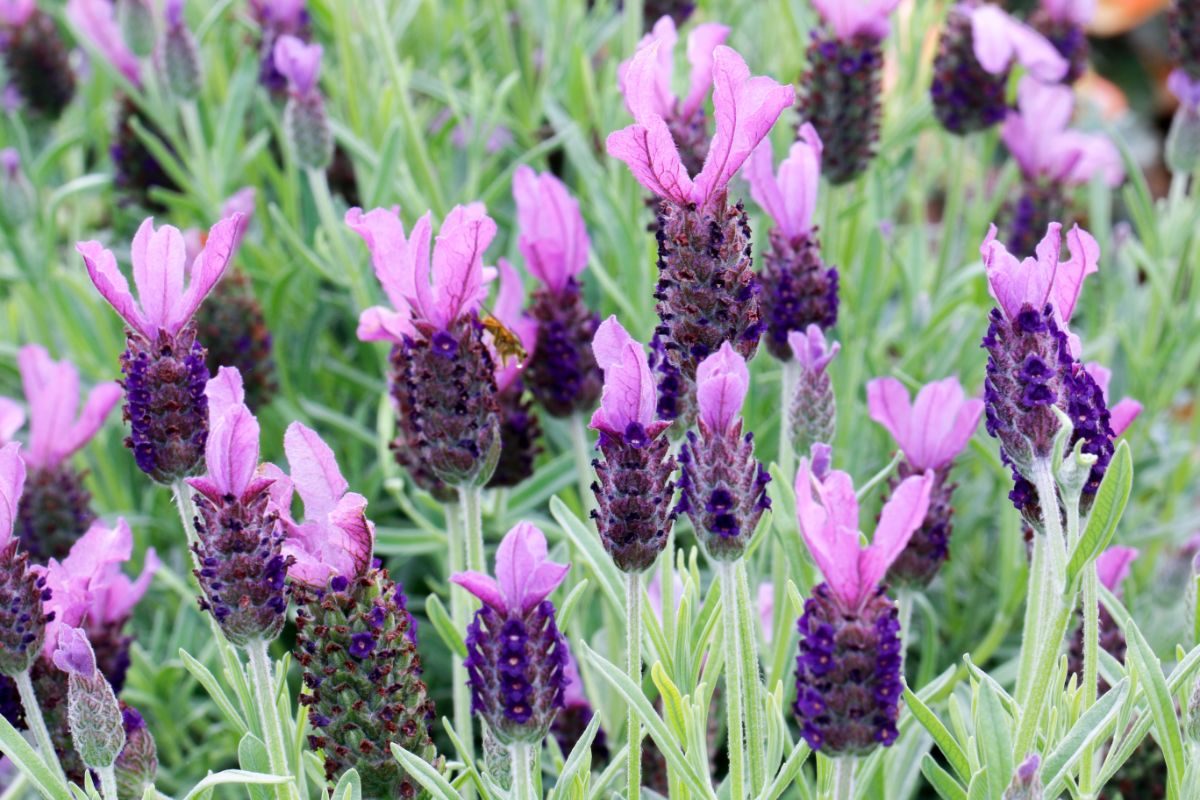
| Lavender name: | Anouk |
| Type: | Spanish |
| Growing zone: | Zones 6 to 10 |
A type of Spanish lavender, ‘Anouk’ is known for its very distinct oversized bracts with large plum-toned petals that fade to pink as the bloom begins to age. Sometimes called “butterfly lavender” for to its large blooms, ‘Anouk’ also has a nice silvery hue to its aromatic foliage.
Like other Spanish varieties, ‘Anouk’ blooms in May, with multiple flushes of flowers occurring again throughout late summer and into early fall. You can encourage more autumn blooms by cutting the plant back after its summertime flowers begin to fade.
Naturally resistant to deer, ‘Anouk’ also thrives in poor, dry, rocky, or sandy soils.
11. Egyptian

| Lavender name: | Egyptian |
| Type: | Egyptian |
| Growing zone: | Zones 5 to 9 |
Also called Fernleaf lavender, Egyptian lavender (Lavandula multifida) is unique thanks to its highly textured, silvery, fern-like leaves. Flowers also exhibit a more complex structure than other lavender types, making this plant a really unique specimen to add to scent gardens and herbal beds.
Perfect for cooking, dried arrangements, crafting, and bouquet making, if you’re looking for something different, Egyptian lavender is the way to go!
12. Portuguese

| Lavender name: | Portuguese |
| Type: | Portuguese |
| Growing zone: | Zones 7 to 9 |
One of the least hardy lavender types, Portuguese lavender (Lavandula latifolia) hails from the Mediterranean region, where it grows abundantly throughout Portugal, France, and Italy. Growing best in warm regions, Portuguese lavender can’t tolerate the cold, so it should be grown as an annual or overwintered indoors in zones 6 and below.
Famous for its high essential oil content, Portuguese lavender blooms later in the season than many other types and produces pretty, two-toned purple flowers.
Frequently asked questions
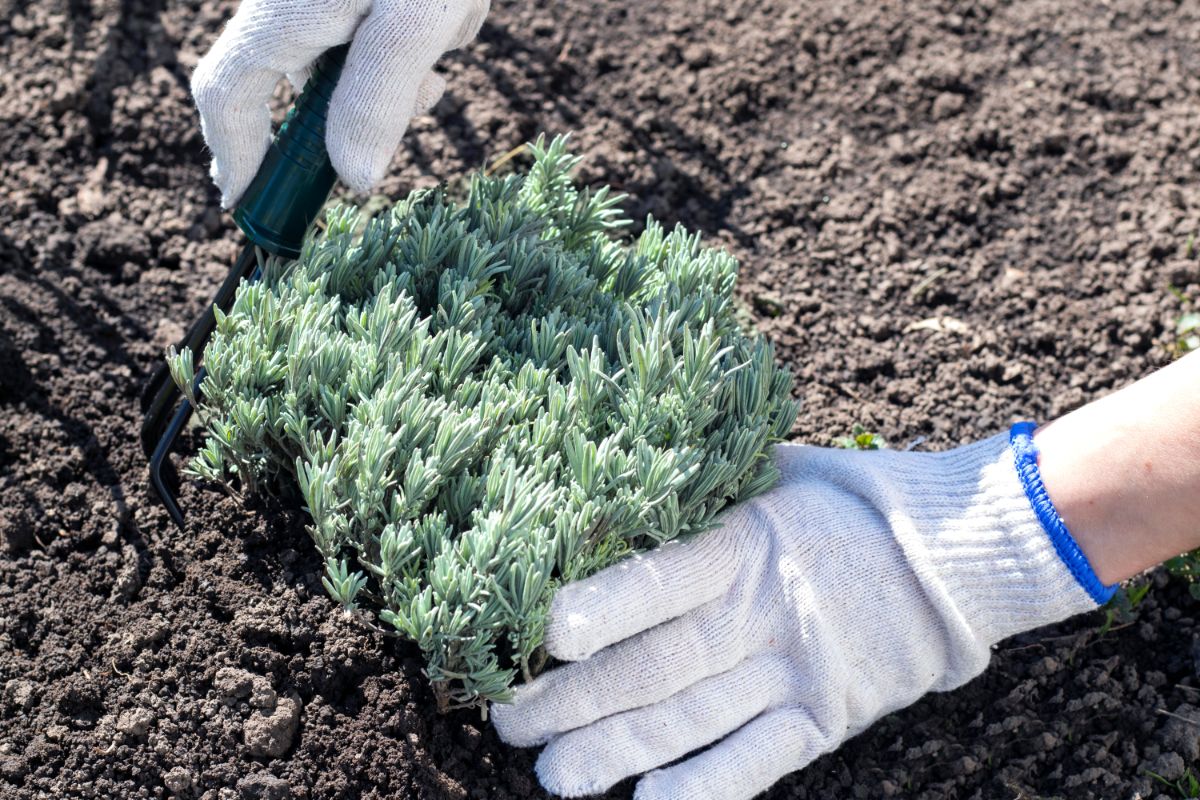
English lavenders (Lavandula angustifolia) have a higher cold tolerance than other lavender types, so they are the top choices if you live in a cooler spot.
English lavenders (Lavandula angustifolia) are widely considered to be the easiest lavender variety for beginners. This lavender type can tolerate a range of conditions, including hot and cold regions, and is quite low maintenance overall. Some of the top picks for English lavenders include ‘Hidcote’ and ‘Munstead.’
Lavender naturally comes from the Mediterranean region, so it is not the most, cold hardy herb. If you live in a very cool climate, you may want to consider covering up your lavender in winter with some landscape fabric, burlap, a vented and overturned bucket, or a cloche. Mulching can help too.
No. It’s important to never cut your lavender plants back below where their leaves are growing. If you cut your lavender past the point where its stem begins to get woody, your plant won’t grow back.
Lavender is famously drought-tolerant, so it’s no surprise that most lavender types don’t do well in humid locations. However, if you live in a high-humidity region, some lavender cultivars may still work. One of the top picks is ‘Phenomenal.’
All lavender is edible, but some lavender types have better flavor than others. English lavender varieties are considered to be the tastiest cultivars and are just right for cooking, baking, homemade syrups, dried herbal teas, and more.
Summary
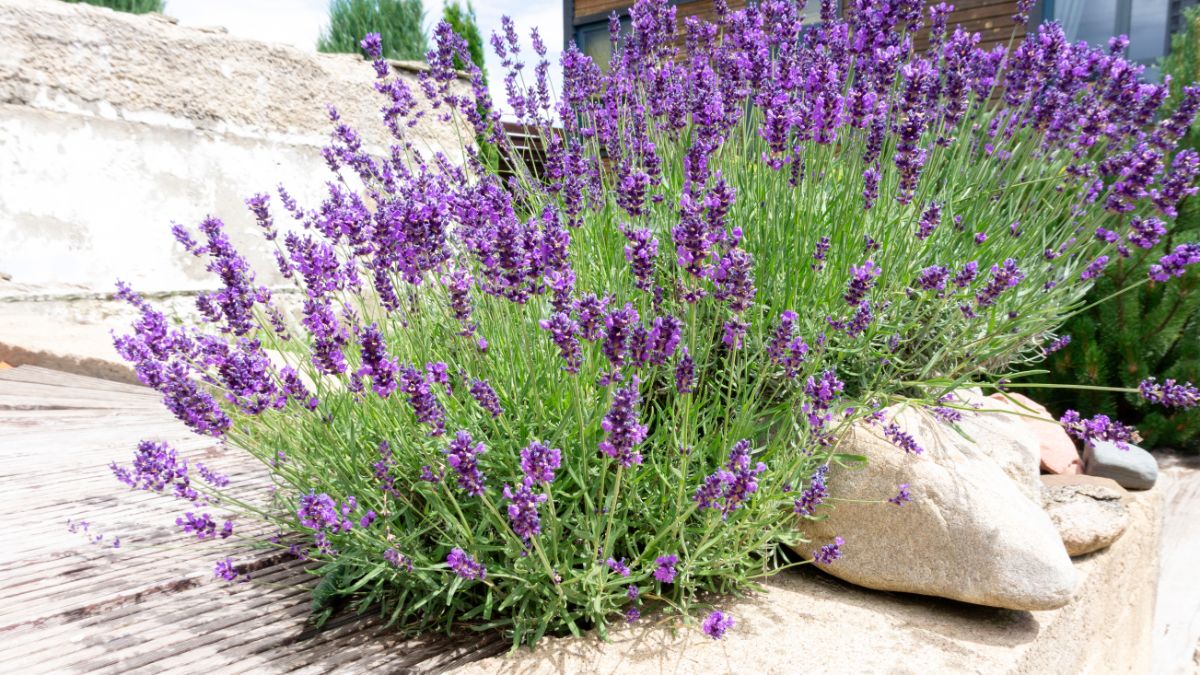
No matter if you live in a cold or hot and humid location, there is a perfect lavender variety to grow in your garden. The difficulty is choosing which type to grow because there are so many gorgeous cultivars to try!
From the plump blossoms of Spanish lavender to the flavorful buds of English lavender blooms, there’s so much to love about growing lavender at home. We hope this guide has helped you pick the right lavender variety for your garden, but if you’re still on the lookout for more lavender-growing tips, check out our article on growing lavender here.

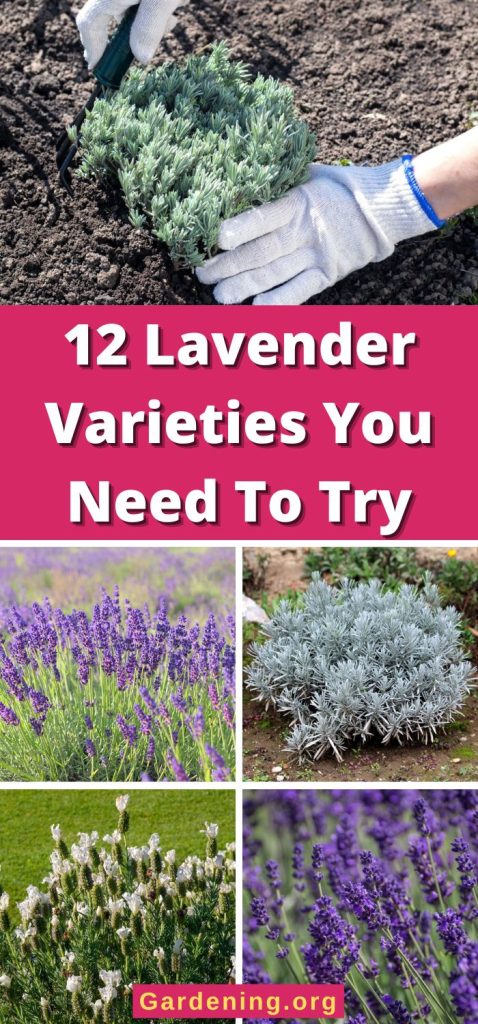
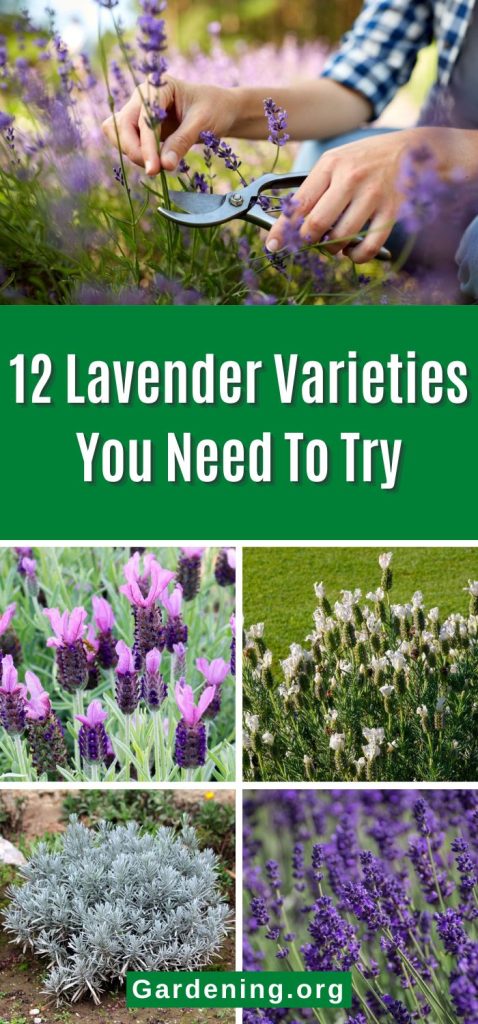
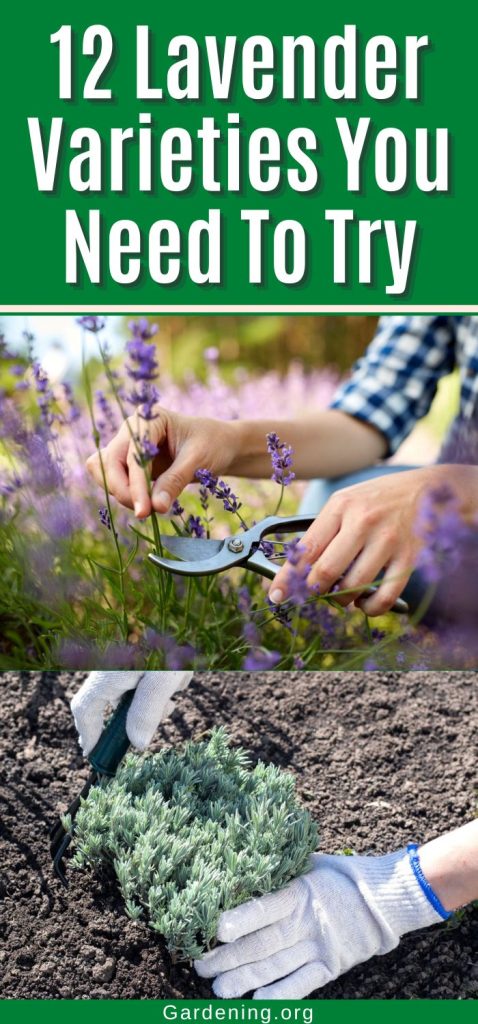
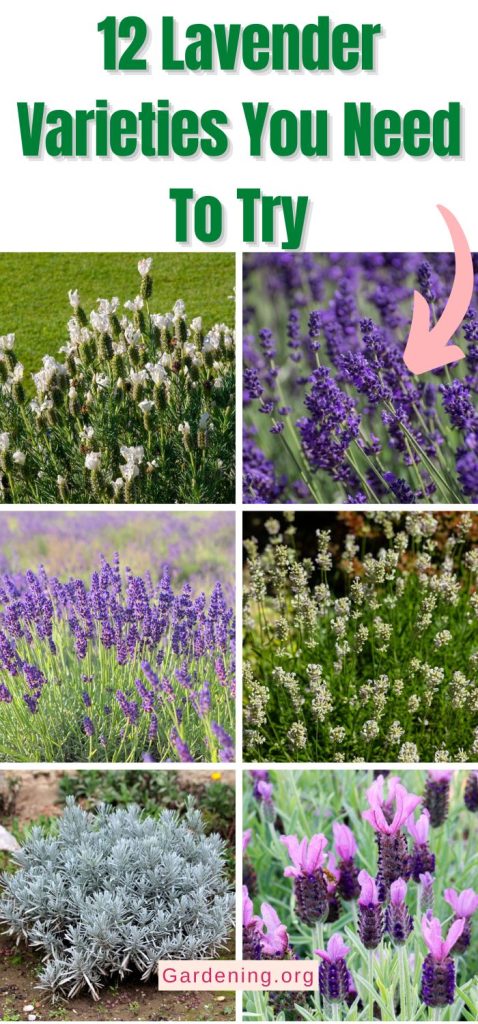

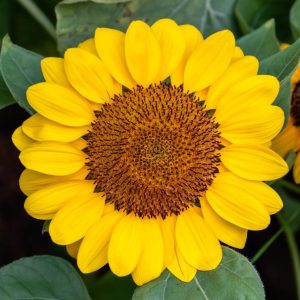
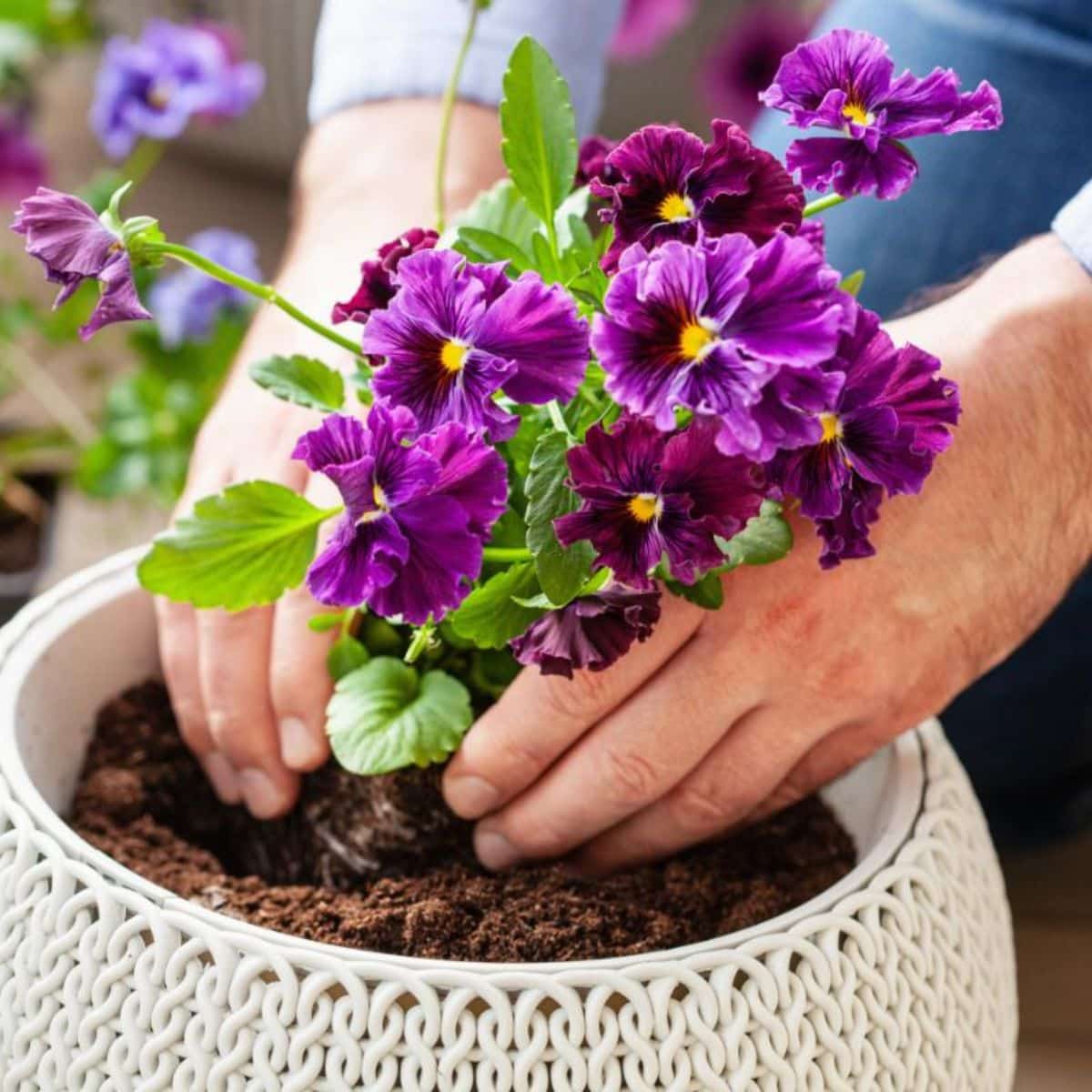
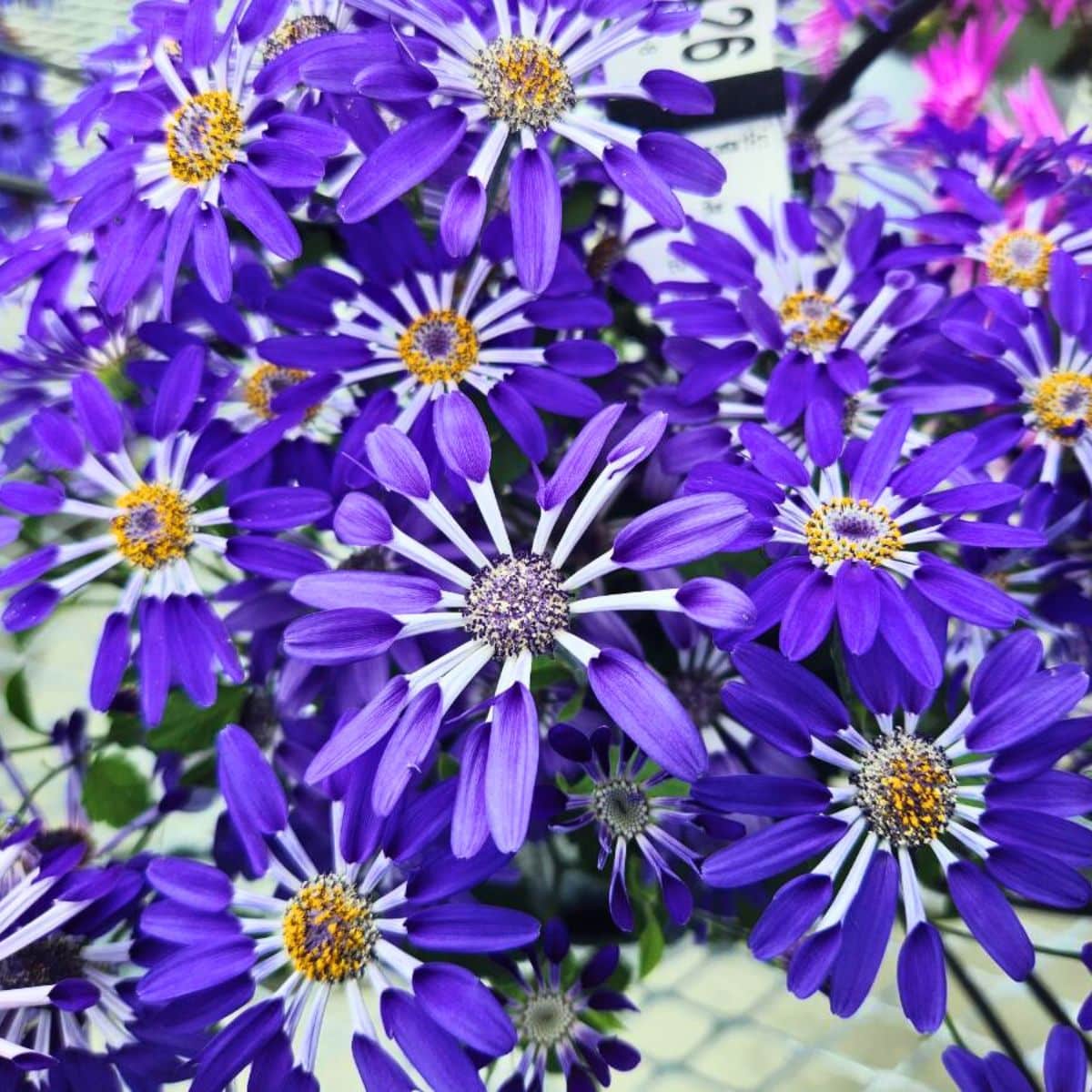
Mary Elisabeth Knox
I love Lavender & have grown it for years. I was unable to see read about the different varieties due to page being hijacked by obnoxious adds. Shame on Google, I couldn't scroll to read rest of article as page was frozen by mass adds. This many adds & freezing the page hurt you & your article.
Mary Ward
Thank you for your feedback.
Jo
Does lavender grow in zone nine and 10. I keep trying to grow herbs all the time and they just fry up because of the sun. I have started growing them in my sunroom, which is hot and it gets sun. I do have an air conditioner out there. Any thoughts on lavender in zones?
Mary Ward
Sources say lavender will grow up to zone 10, but 9 and lower are more common and it can be quite difficult to grow it in hot climates. Many experts do recommend that you grow lavender as an annual in zones 9 and 10, due to issues of heat and humidity. So what you are doing may be your best bet. Otherwise, perhaps an area that gets some afternoon sun to help cool the plants and seek out varieties that are more heat tolerant. There is a variety called "Phenomenal" that is bred for high heat and humidity (it's an English variety). Also, Spanish lavender varieties should do better in hot climates. Look for varieties with "Anouk" in the name,